|
|
|
Forgotten Temples of Kashmir
Photo series Part-6 An effort to preserve and record Hindu cultural and religios heritage of Kashmir JAGAN NATH BAIRAV TEMPLE OF VILLAGE ACHAN 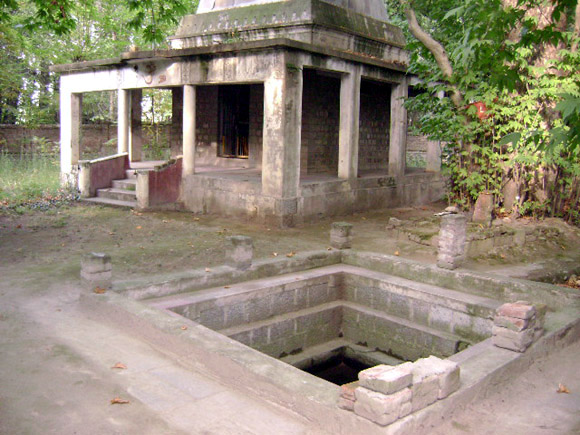 Exclusive images and report from a remote village in Kashmir provided for Shehjar by Chander M. Bhat |
|
Achyan Cham Chyani maay mato
Har jaaye tsaran chus chyani tsay mato Tatya lolike qunya zan dwar wathi Katya rozi krardil mea by woy mato Mai gachi ACHAN wuni achanachi joy mato This worship of the village Deity, or Raza Sahib, as it is called in Kashmiri, forms an important part of the conglomerate of religious beliefs, customs, and ceremonies which are generally classed together under the term Hinduism. In almost every village the Raza Sahib is periodically worshipped and propitiated. Shiva and Vishnu may be more dignified beings, but the village deity is regarded as a more present help in trouble, and is more intimately concerned with the happiness and prosperity of the villagers. The origin of this form of Hinduism is lost in antiquity but it is certain that it represents a pre Aryan cult of the Dravidian people, more or less modified in various parts of North India by Brahmanical influence; and some details of the ceremonies seem to point back to a tokenistic stage of religion. The normal function of the Raza Sahib is the guardianship of the village, but many of them are believed to have other powers, especially in relation to disease and calamity. The village deities and their worship are widely different from the popular Hindu deities, Siva and Vishnu, and the worship that centres in the great Hindu temples. Shiva and Vishnu represent forces of nature: Shiva symbolizes the power of destruction and the idea of life through death, Vishnu the power of preservation and the idea of salvation. Both these Gods and the system of religion connected with them are the outcome of philosophic reflection on the universe as a whole. But the village deities, on the other hand, have no relation to the Universe. They are related, not to great world forces, but to such simple facts as choleras, cattle disease etc. The village deities are almost universally worshipped with annual sacrifices and in Kashmir the same practice continued. The sacrifice of lamb, in Kashmiri “Raza Kath” was offered to the village deity or Raza Sahib when the wish made by a villager especially the Pandits was fulfilled. The lamb so sacrificed was then cooked without any spices and distributed amongst the villagers. When the lamb is sacrificed the blood of the lamb is collected in an earthen pot called “Tok” in Kashmiri and the blood is added to flour to make a paste and this paste is applied to the lid of the pot in which the dish is prepared. All the parts of the lamb are prepared including the legs etc. The member who has performed the sacrifice retains big chunk of the dish. There is a temple of Jagan Nath Bairav at Village Achan, one of the brothers of Aasth Bairav. The detail of the eight Bairav with place of residence is as follows: a) Shri Jagan Nath Village Achan b) Shri Nandkisher Village Sumbal c) Shri Ganganand Village Mattan d) Shri Kakvishal Village Pargachu e) Shri Jeevan Nath Village Ladhoo f) Shri Moonglesher Village Sirnoo g) Shri Omkar Nath Village Drussu h) Shri Neilkanth Village Murran Bairav of village Achan, Shri Jagan Nath is the eldest one and that of village Murran Shri Neilkanth is the youngest one. Shri Keshev Nath was the grandfather of the Ashth Bairav. Raza Sahib of Achan and Sirnoo were vegetarian and rest non-vegetarian. Village Achan is in Pulwama and is 12 km away from the district headquarter. Achan village has probably derived its name from Sanskrit work Akhan meaning immortal. It may have been that village contained unending capability or harvest and unending Santosh to the people living there in. This Akhan must have stood to what it is currently known by the name Achan. Village has its own history to explain. Its topographical situation give it the distinction of getting maximum period of sunshine during the day and thereby larger amount of solar energy to ignite life in this village or magical coincidence with other adjoining villages. There were some 30 Kashmiri Pandit families living in Achan. 28 families have migrated to other parts of India during mass exodus. Two families have held back despite all odds against them. There is a temple dedicated to Shri Jagan Nath Bairav situated in this village. Shri Jagannath is a village deity. This temple was looked after by Swani Jagannath Sewa Dal. The families staying back at Achan worked tirelessly and constructed a boundary wall around 5 kanal area of temple land. The families were assisted by State Government. The shrine place is famous for offerings of sacrifice of health sheep to the presiding deity of village and sacrificial ceremony was called RAZA KATH in local language. Even Shri Jagan Nath Bairav is said to be a vegetarian yet the offering made by the people to express gratitude towards his divine help was heartily being accepted by him. People from adjoining villages would also make offering this way to show faith in the solidarity provided by the village deity. There was a temple and two dharamshalas in the walled area of the shrine besides a fresh water spring near the temple. Unfortunately both the temple and dharamshalas were burnt during Chari Sharif skirmishes. The construction of temple dates back to year 1946-47. It is said that an idol of the period of King Richen Shah was excavated from the sight while construction work was carried out in respect of the temple and the idol was handed over by the local Kashmiri Pandits to State Govt. authorities and the same is now pleasant treasure of Srinagar museum. The Bairav Asthanpan attracted many people to seek path of meditation and one Swami Kak practiced saadhana over here and after finding the path of celibacy he opted to shift to Kokernag. |
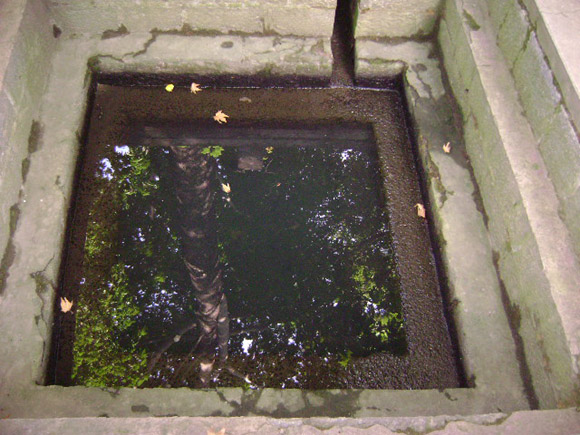 Holy Spring. Mother earth bringing sweetness on its face |
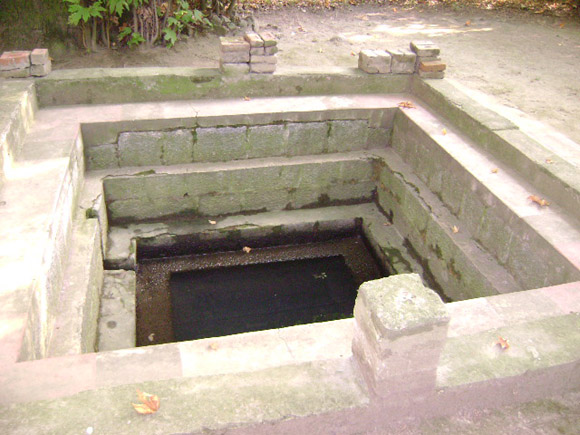 Holy Spring Marvels of nature never show their identification |
|
a A mutilated icon near the Spring. Though being tongueless still watching everything |
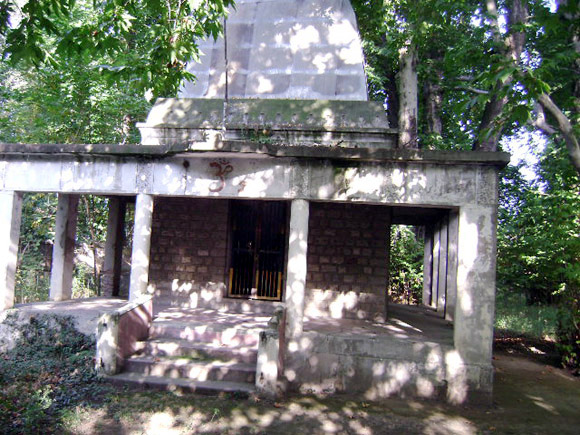 Front side of the temple. Face index of village guardian |
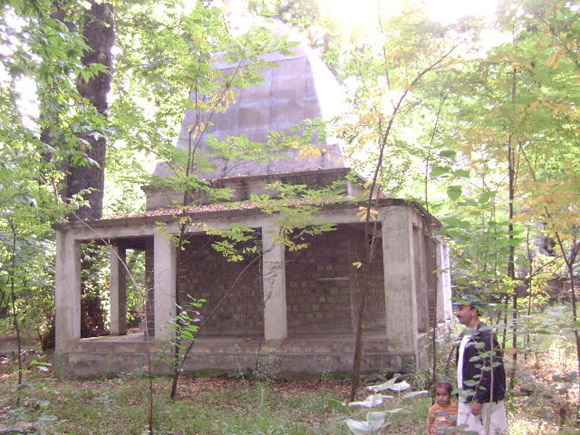 a Back view of the temple. Reminicient of gauridianship with a bowl of temper |
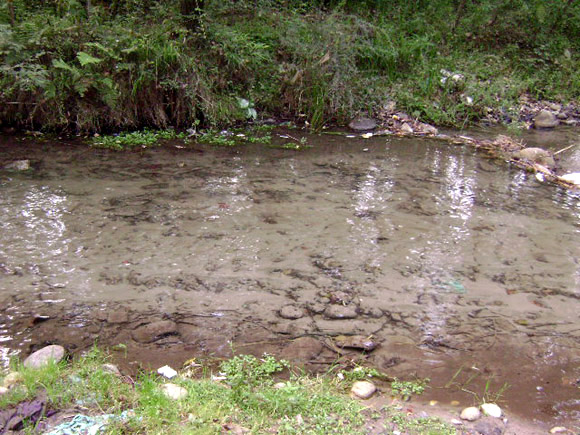 A brook near the entrance of the temple |
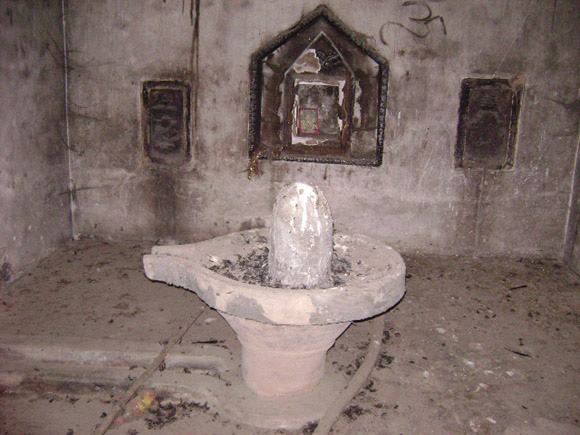 Shivlingam inside the burnt temple. Basmasur was never dead, he has visited this place also. |
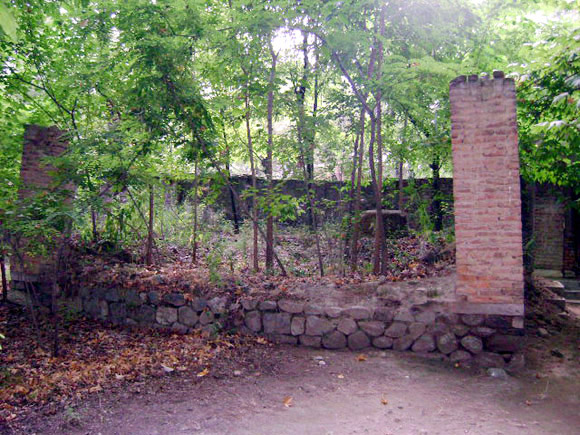 Burnt Dharamshala. Zealots never wished the grace to show its face |
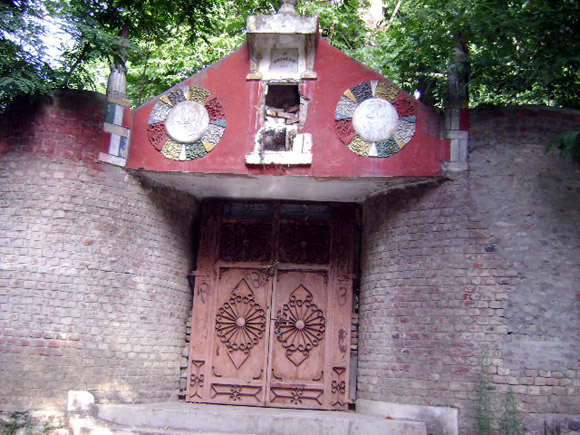 Main gate. The door that now never sees queues of devotees entering the shirne |
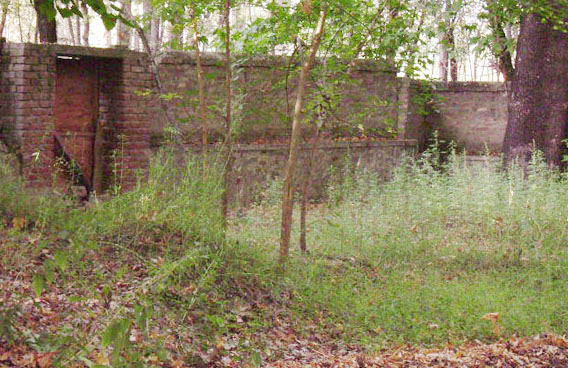 Old entrance of the temple. Entrance can be closed but not the faith |
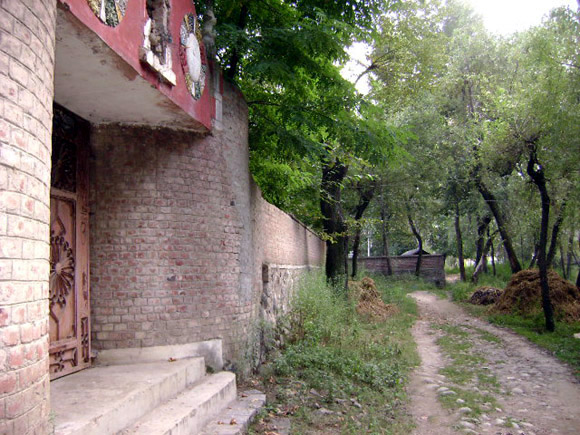 Path leading towards temple. Wrinkles of age has also fallen on this path |
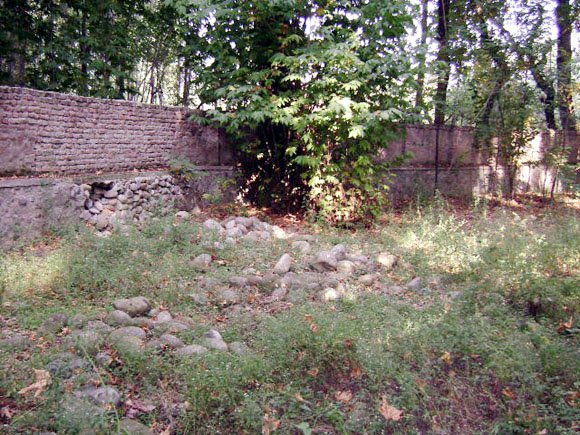 Spot were Rajakath was performed. Place of faith where sacrifices were accepted |
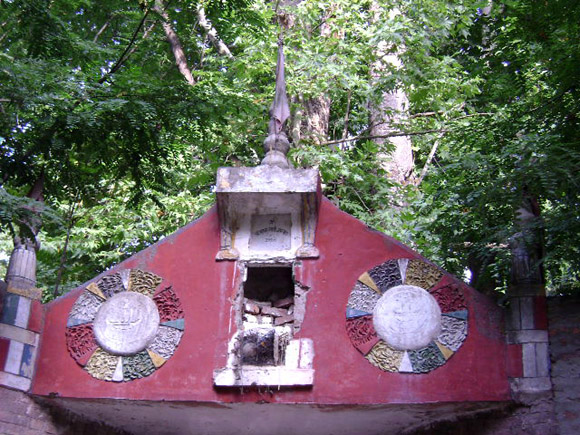 Top of main gate. Magnificient towers of faith now in shambles |
|
|
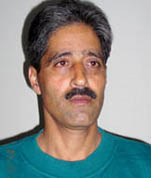 *Born
on 20th March, 1960 in Murran a village in North Kashmir, Chander M.
Bhat is presently working as an Assistant Supdt. Posts, in Department of
Posts, Govt. of India. His articles regarding Posts and of
non-political nature stand widely published in various papers and
magazines of the country. A booklet 'How to Collect Stamps" published by
the Department of Posts, has earned him genuine accolades. He worked on
the project of tracing the roots of his co-villagers and of the village
Murran, resulting into the culmination of a widely acclaimed book
"Murran -My Village". Man with depth, Chander M. Bhat has also another
book, "Ocean by Drops" (collection of poems) in his vase having colorful
poems. His book "Ancient History of Jammu and Kashmir", confirms his
researching capability. Various research papers like "The Splendor that
is Amarnath" and "Vitasta" The Sacred River of Kashmir" are valuable
additions to his works that has proved very fruitful and guiding force
in the exile period of Kashmiri Pandits community of which the author is
also a member. *Born
on 20th March, 1960 in Murran a village in North Kashmir, Chander M.
Bhat is presently working as an Assistant Supdt. Posts, in Department of
Posts, Govt. of India. His articles regarding Posts and of
non-political nature stand widely published in various papers and
magazines of the country. A booklet 'How to Collect Stamps" published by
the Department of Posts, has earned him genuine accolades. He worked on
the project of tracing the roots of his co-villagers and of the village
Murran, resulting into the culmination of a widely acclaimed book
"Murran -My Village". Man with depth, Chander M. Bhat has also another
book, "Ocean by Drops" (collection of poems) in his vase having colorful
poems. His book "Ancient History of Jammu and Kashmir", confirms his
researching capability. Various research papers like "The Splendor that
is Amarnath" and "Vitasta" The Sacred River of Kashmir" are valuable
additions to his works that has proved very fruitful and guiding force
in the exile period of Kashmiri Pandits community of which the author is
also a member.Presently the author is working on "OOL - THE NEST" a six volume project on all the 595 (each volume of about 2500 pages)Kashmiri Pandit villages of Kashmir. POSTED BY VIPUL KOUL |
Monday, October 1, 2018
JAGAN NATH BAIRAV TEMPLE OF VILLAGE ACHAN
Subscribe to:
Post Comments (Atom)


No comments:
Post a Comment